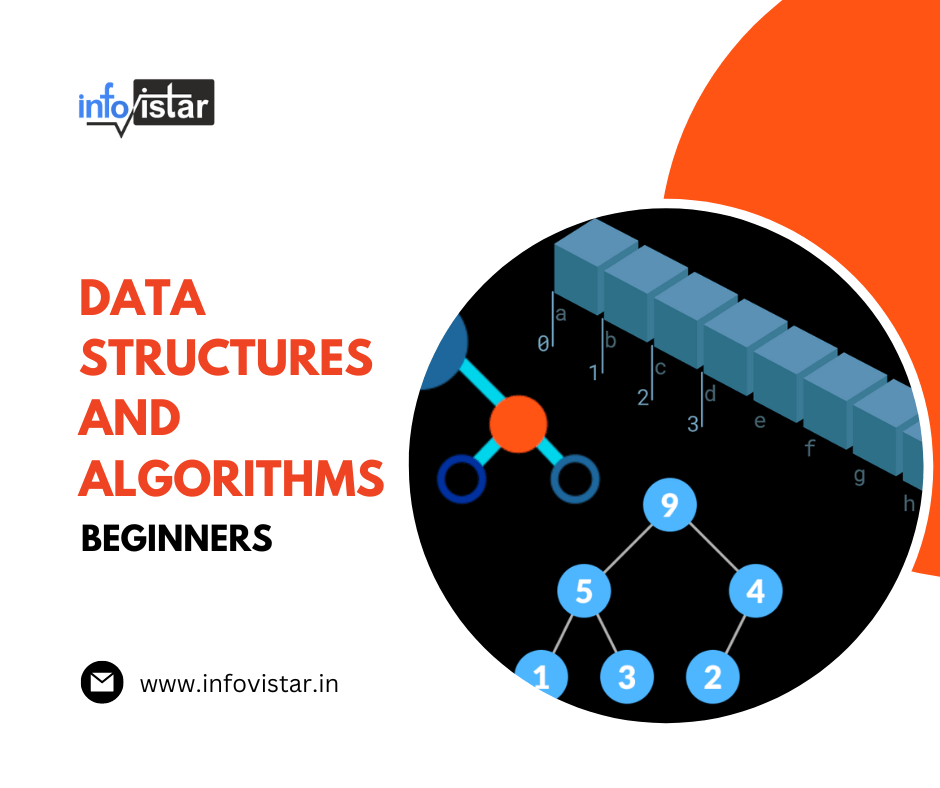Data Structures and Algorithms

About Course
Data structures (DS) play a crucial role in computer science by efficiently organizing and managing data. Whether you’re an aspiring programmer or simply curious about how computers handle information, it’s essential to understand the basics of data structures. In this blog post, we’ll delve into the fundamentals of data structures and their significance in the world of computing.
What are Data Structures?
Simply put, DS are specialized formats for organizing and storing data in a computer. Think of them as the building blocks that help programmers manage and manipulate information effectively. DS play a crucial role in various computer algorithms and are the backbone of software development.
Types of Data Structures:
- Arrays: An array is a collection of elements, each identified by an index or a key. It provides a straightforward way to store and access data, making it one of the simplest data structures.
- Linked Lists: Linked lists consist of nodes containing data and a reference to the next node in the sequence. This structure allows for efficient insertion and deletion operations.
- Stacks: Stacks follow the Last In, First Out (LIFO) principle, where the last added element is the first to be removed. Think of it like a stack of plates – you can only remove the top plate.
- Queues: Queues, on the other hand, adhere to the First In, First Out (FIFO) principle.
- Trees: Trees are hierarchical structures with root nodes and branches. They’re commonly used in hierarchical representations, like file systems or organizational charts.
- Graphs: Graphs consist of nodes connected by edges, representing relationships between various entities. Social networks and maps are common examples of graph structures.
Why are Data Structures Important?
- Efficiency: The choice of data structure significantly impacts the efficiency of algorithms. Well-designed DS can lead to faster and more optimized code.
- Memory Management: Proper use of DS helps in efficient memory management, reducing the risk of memory leaks and improving overall performance.
- Problem Solving: Understanding various DS equips programmers with the tools needed to solve complex problems. The right choice of data structure can simplify the implementation of algorithms.
Course Content
Student Ratings & Reviews

No Review Yet
